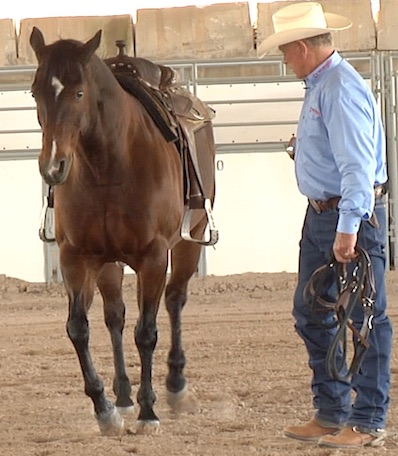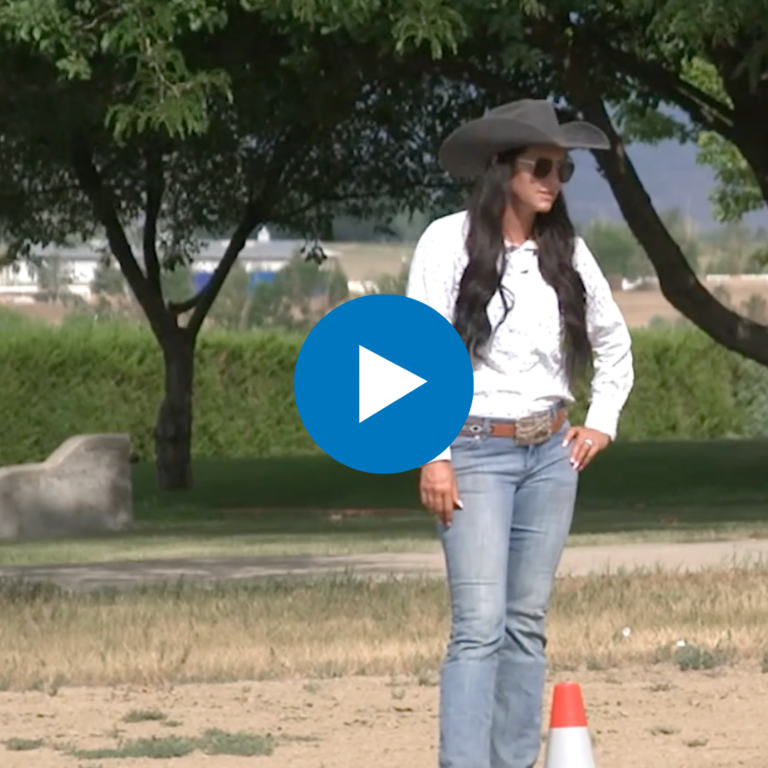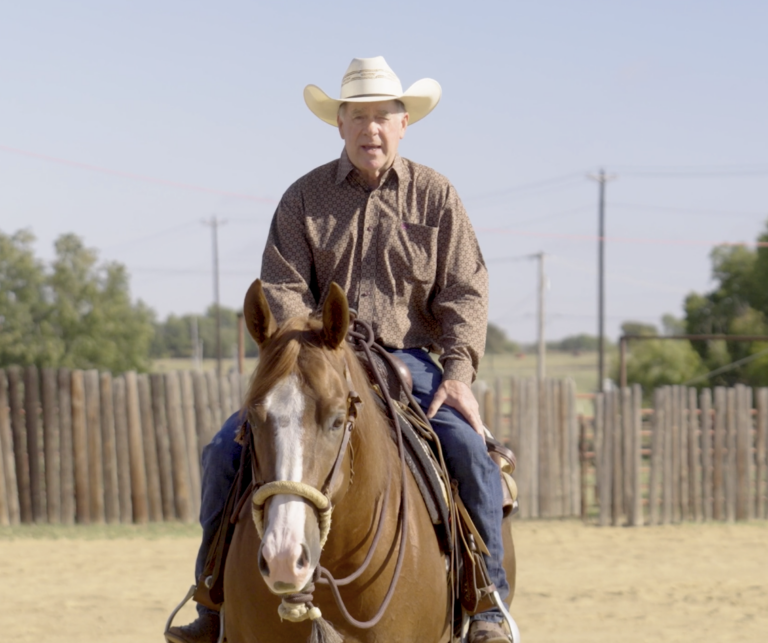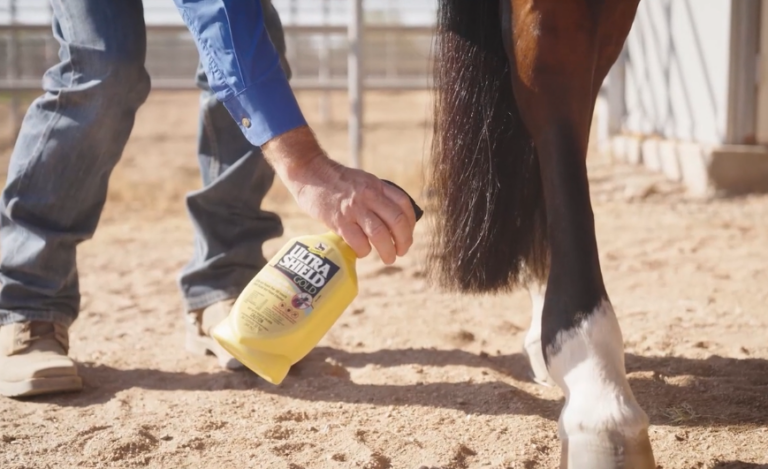We all know it’s hard to concentrate on becoming a better rider when you’re feeling fearful. But did you know that fear sabotages your horse’s learning, as well?

Clinician and author Sandy Collier expressed it well when she shared a quip from cow horse trainer Doug Williamson in an earlier blog post:
“When a horse’s head is up, his brains dribble out and down his neck.”
A perfect visual! In other words, when your horse raises his head in a fear response, he isn’t using his brain to figure anything out. He’s just reacting like the prey animal he is.
Clinician Leslie Desmond agrees fear is the enemy. Though you do need to establish respectfulness in your horse, that’s no excuse for you to intimidate him.
“Fear-based respect is a dictatorship,” she told me. She recommends collaborating with your horse instead, which changes the dynamic.
“It’s like the difference between a loving, supportive parent, and a detached, demanding one,” she explained.

All this makes perfect sense to me, and that’s why a new, 11-minute video recently grabbed my attention, bigtime. Called “Training Without Fear,” it features John Lyons, clinician and frequent H&R contributor; Dr. John Madigan, veterinary specialist in neurology at U.C. Davis; and Jody Ambrose, certified equine behavior consultant.
In clear language amply illustrated, these experts detail the mental and physical impacts of fear on a horse’s capacity to be trained. John Lyons tells how to avoid creating heightened states of arousal that interfere with learning. Ultimately, he explains, “your horse wants what you want. He wants to be at peace.”
Dr. Madigan explains which parts of the equine brain are affected by stress and identifies the point at which learning becomes virtually impossible. He notes that horses can use their various cortical functions—the “thinking” parts of their brain—only when the animals are reasonably calm.
Jody Ambrose shares how to recognize subtle signs of fear in your horse—by observing his eyes, ears, lips, jaw, neck, breathing, and muscle movements. She also shows you how to increase his ability to process scary objects, which is all about making it his choice to investigate, rather than yours.

It’s all good stuff, and it can help make you a much better rider, trainer, and handler. Check it out.
MORE RELATED TO THIS TOPIC:
How your training approach can make or break you.







